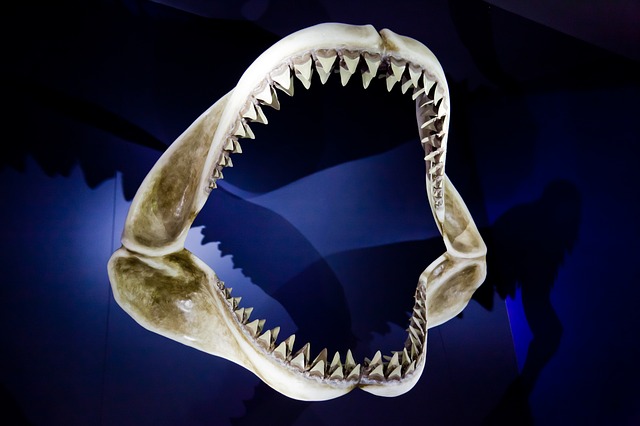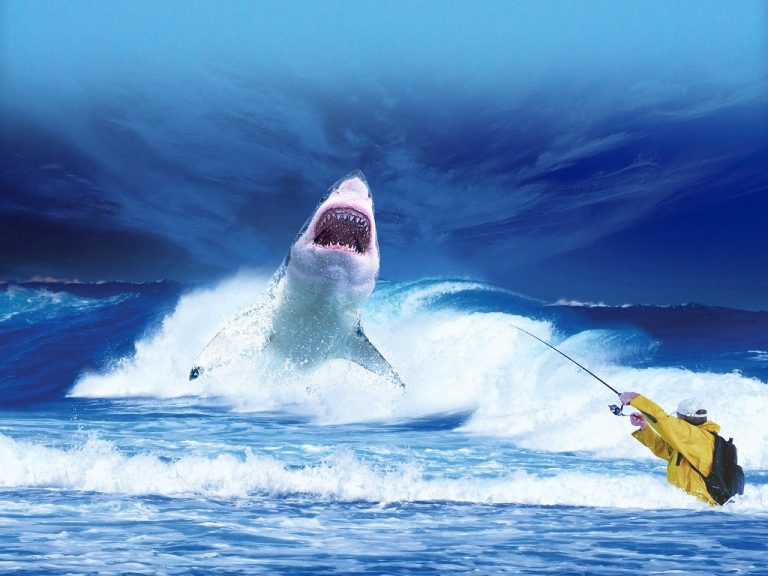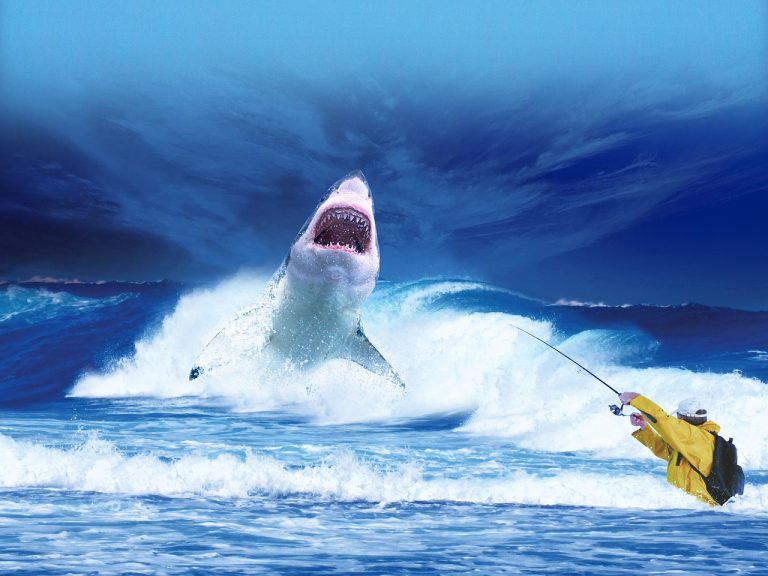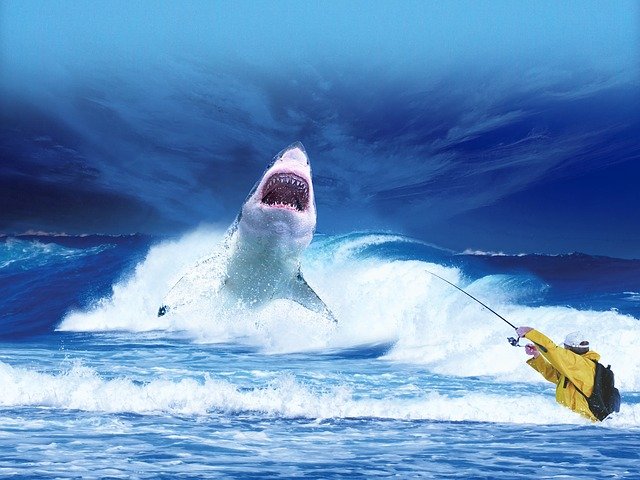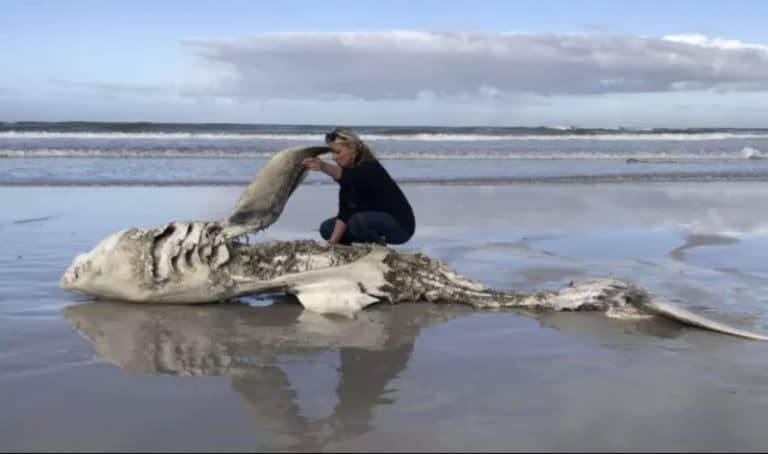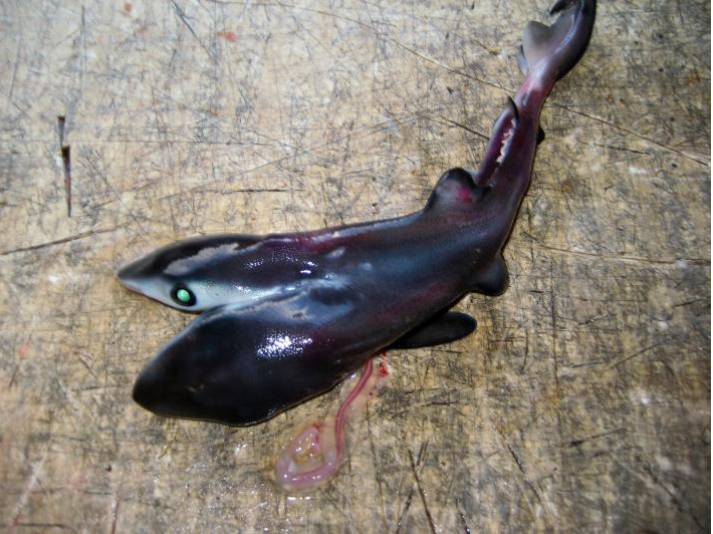Why Did the Megalodon Disappear?
Scientists have been wondering for years how enormous prehistoric sharks like megalodon disappear. If you think that today’s great whites are large, imagine a 50-foot shark with a mouth as wide as ten feet. It can easily swallow you whole and not even feel it. So what happened to such giant beasts? How are they not here but whales and smaller sharks are? Could zinc isotope have anything to do with it? Perhaps.
Where are they now?
Does being a large creature mean better survival of that species? We might still have dinosaurs and megalodon roaming around if this was true. Mortal of the story, being bigger doesn’t make you better or determine your survival.
When it comes to prehistoric times, scientists have to do a lot of research. It is not easy to figure out who ate who million years ago since we can’t set up cameras or observe them in their natural habitats. But, by testing the zinc isotope in their teeth fossils, we can learn more.
While the megalodon might have been an enormous shark, the great white appears to have ate the same meals. Great white sharks competed with megalodon for the same meals and could have starved them to death.
According to the research, the higher the animal is up the food chain, the lower the zinc isotope is. Scientists tested this theory on numerous of fossilized teeth from million of years ago and today. They compared the zinc isotope in teeth to see if the levels changed over the years. They found that the zinc levels were the same in great whites and megalodon. This means that the great white shark was competing for the same meals as megalodon. This could be one of the reasons that helped contribute to the fall of the megalodon. So why did megalodon diseappear? Why we don’t know the full answer, zinc isotope and great white sharks could be one of the contributing reasons.

